Optimal Timing for French Drain Installations
Determining the optimal time for French drain installations depends on various climatic and soil conditions. Proper timing ensures effective installation and long-term performance, minimizing disruptions and maximizing drainage efficiency.
Spring offers moderate weather and soil conditions, making it ideal for installation before heavy rainfall begins.
Summer provides dry conditions, but high temperatures can affect soil work and curing times.
Fall allows for installation before winter, reducing the risk of frost and ensuring proper drainage before cold weather.
Winter is generally unsuitable due to frozen ground and harsh weather, which can hinder installation and affect durability.

Soil is typically softer and easier to work with during spring.
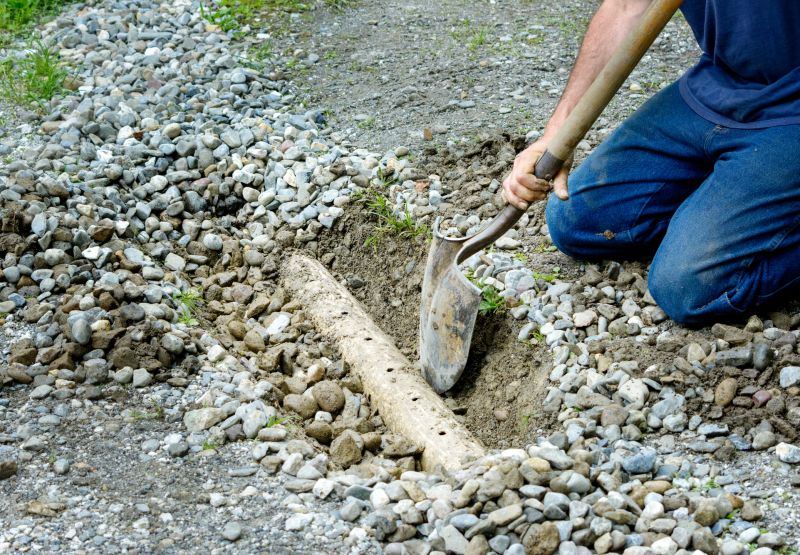
Dry summer conditions can accelerate installation but require caution due to heat.
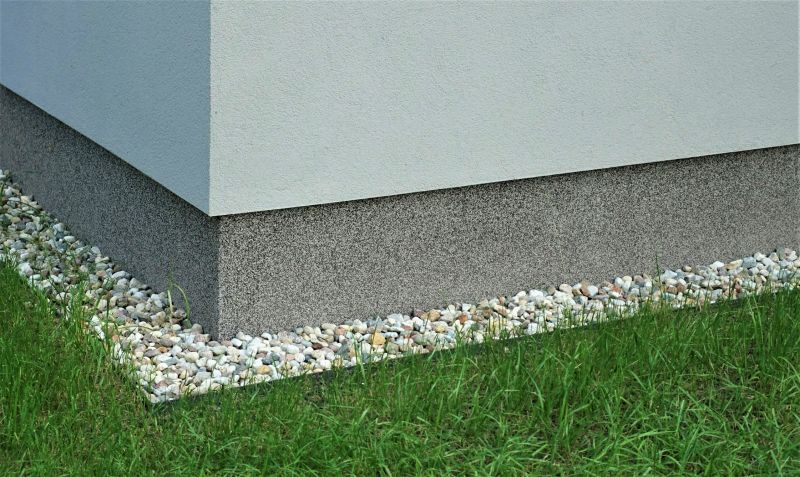
Favorable weather in fall allows for effective drainage setup before winter.

Ways to make French Drain Installations work in tight or awkward layouts.
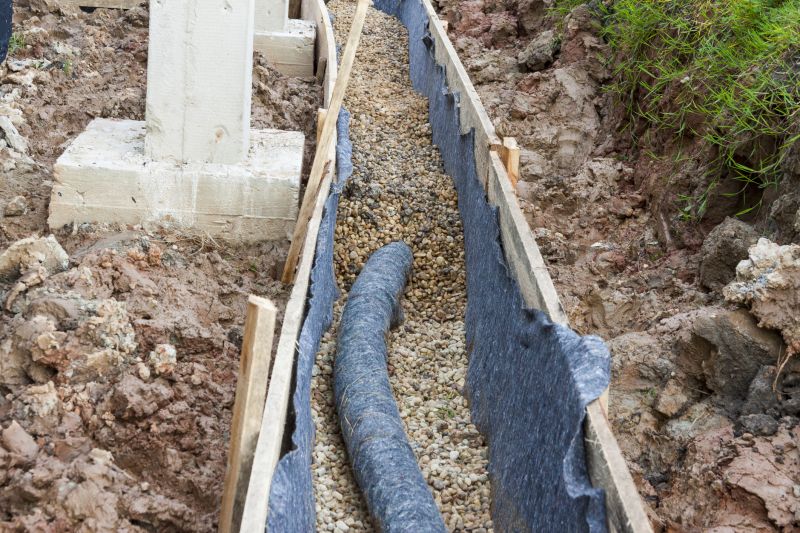
Popular materials for French Drain Installations and why they hold up over time.
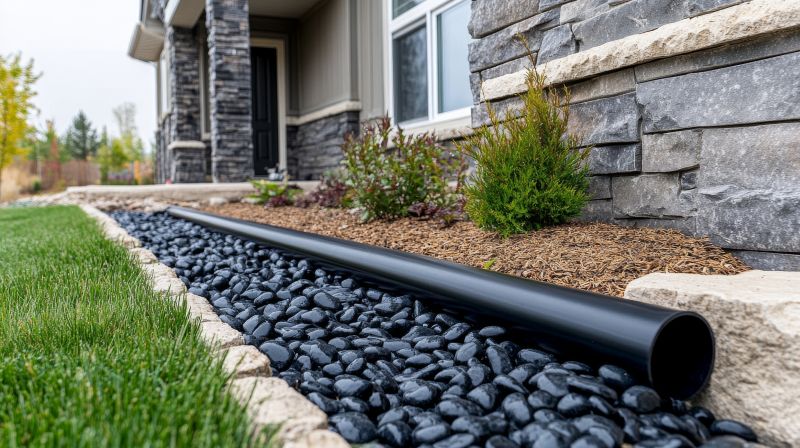
Simple add-ons that improve French Drain Installations without blowing the budget.
| Season | Ideal Conditions |
|---|---|
| Spring | Moderate temperatures, moist soil, before heavy rainfall |
| Summer | Dry conditions, high temperatures, caution needed |
| Fall | Cooler temperatures, dry soil, before winter |
| Winter | Frozen ground, generally unsuitable |
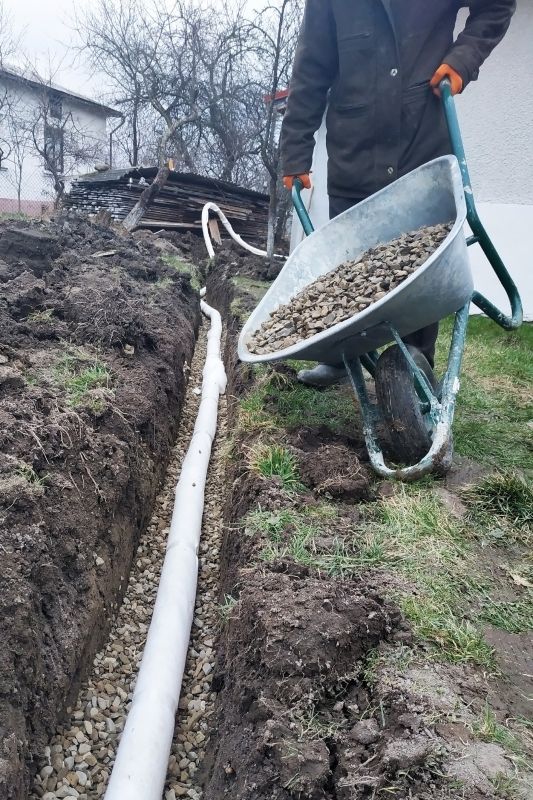
Excavation, pipe placement, gravel filling, and backfilling are key steps.
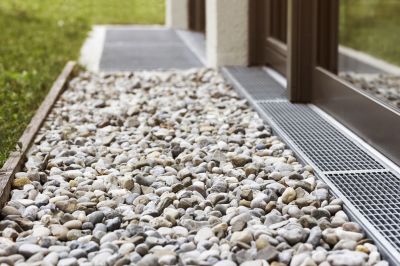
Perforated pipe, gravel, filter fabric, and outlet are essential parts.
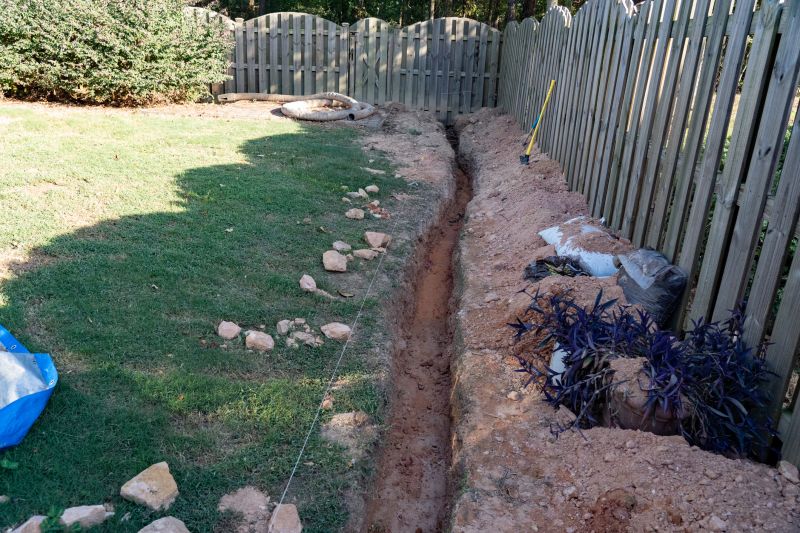
Trenches are carefully excavated to ensure proper slope and placement.
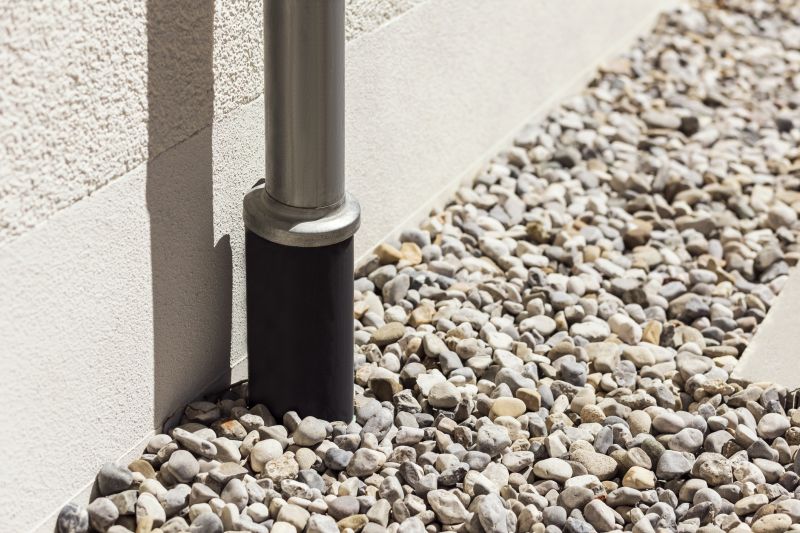
A properly installed drain effectively manages water runoff.
Interested in French drain installations? Filling out the contact form can provide more information and help plan for optimal timing based on specific site conditions and local climate patterns.



